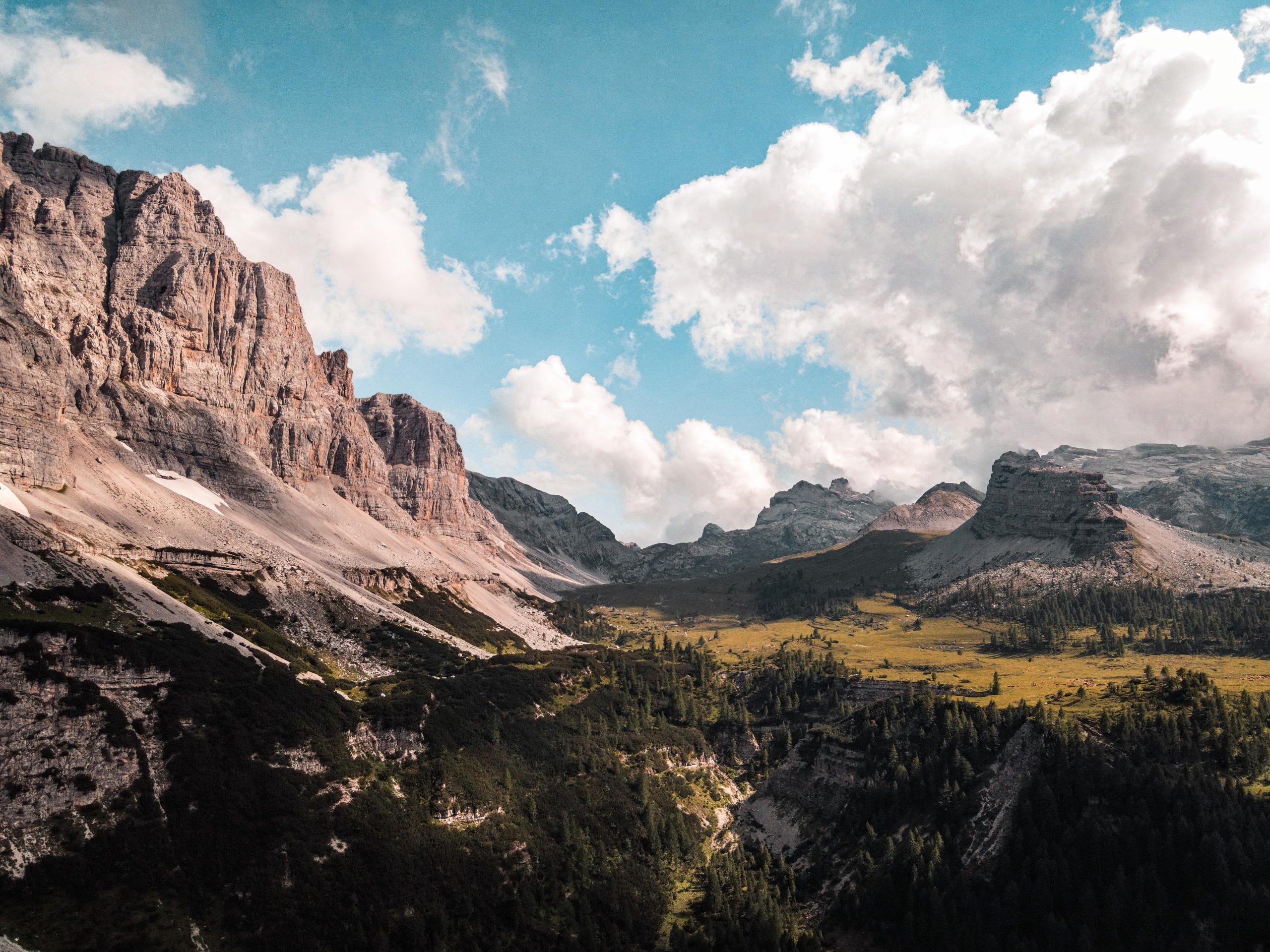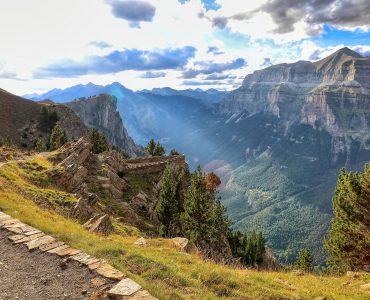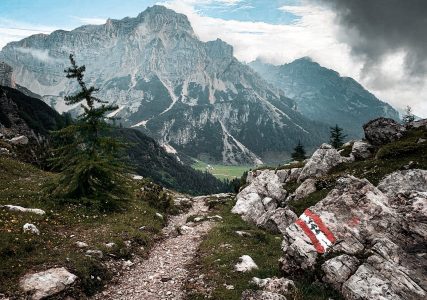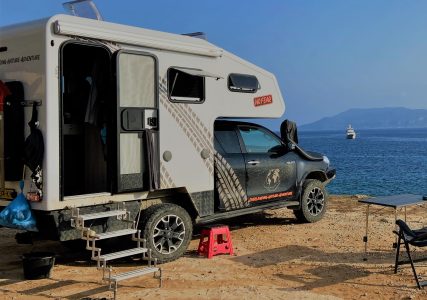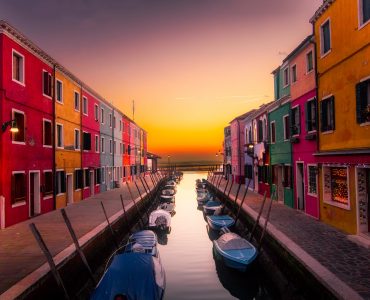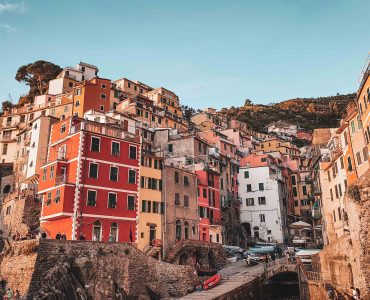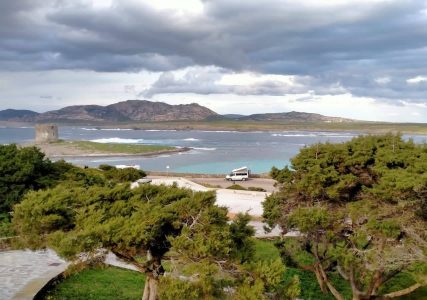Your first walking holiday straight to the imposing Dolomites in Italy† Naturally! You will never forget your first multi-day mountain hut tour, so make sure you go to the right place. The impressive Italian Dolomites, a UNESCO World Heritage Site, have thousands of routes and areas to choose from. Both for the novice hiker and for the advanced climber. To help you on your way, we have collected 5 tips for novice hikers here. Will you walk with us?
Also read: Nobody told us that 'vanlife' is so addictive | Front Seat Stories
YouTube series – Front Seat Stories
The Italian Dolomites were the first highlight of our motorhome trip to Turkey. Check out our full YouTube series “The road to Turkey" on us Front Seat Stories YouTube channel.
Below you will find the first episode (day 1) of the three-day hike in the Italian Dolomites. Highly recommended if you are still looking for inspiration for a beautiful hiking route in the Dolomites. Spoiler alert! It wasn't always easy and we love to complain 😉
The 5 tips for a novice hiker
It had been on our wish list for years and this year the time had come: we made our very first multi-day hut tour through the Italian Dolomites. Accompanied by our buddies with a lot of mountain experience, who are above all very sociable, we made the trip of a lifetime!
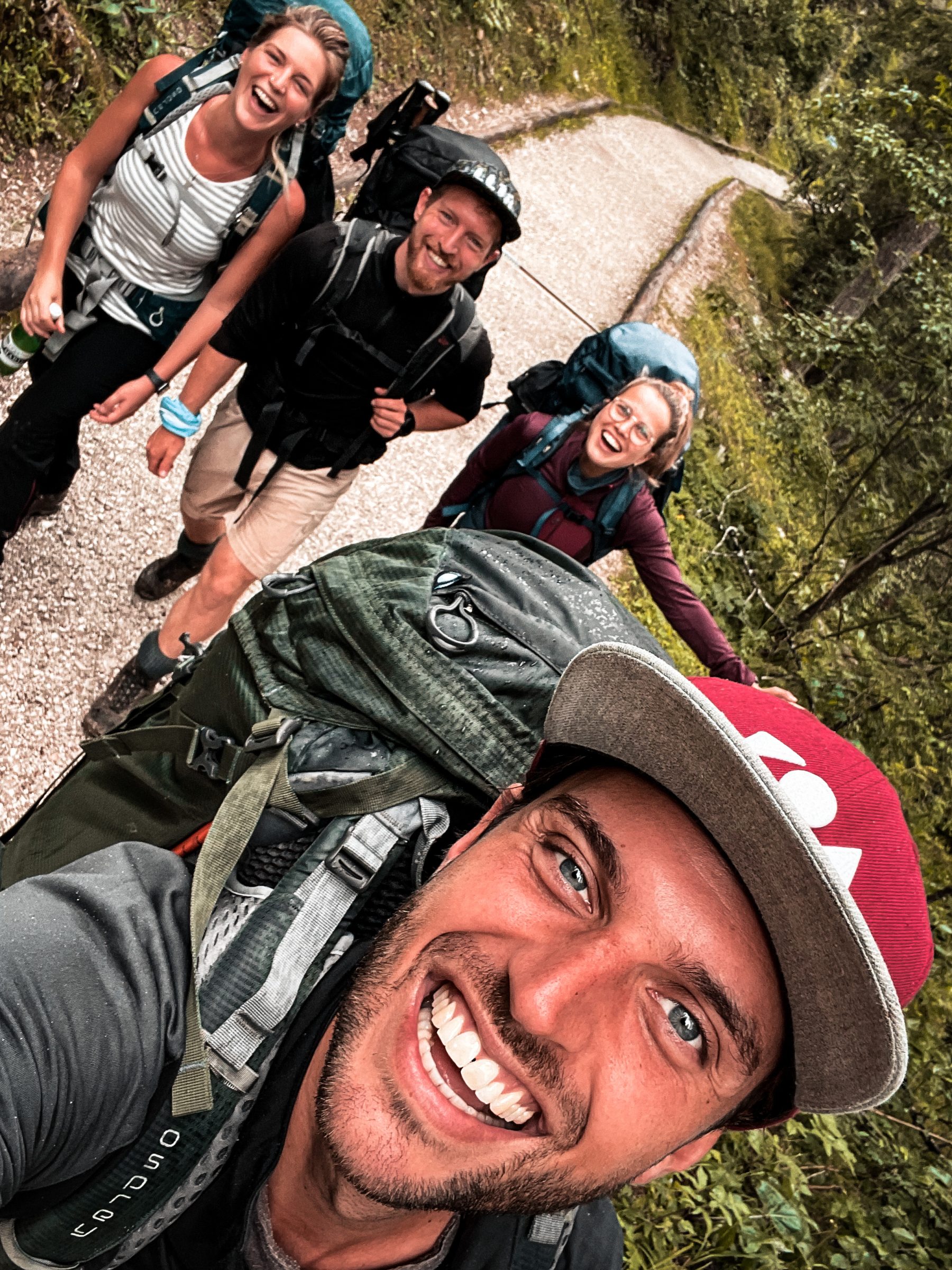
1. The right walking shoes
Before departure we bought real walking shoes. It is important that you try on the different types of mountain boots in the store. The advice we received is to buy at least 1 size larger than your normal size. This may feel like a lot, but it is really nice when you go down long stretches. I (Loes) once had a blue toenail by hiking down too long in the wrong walking shoes. Believe me; you don't want this. It's really nice to have a little extra space in your shoe, because your feet will expand a bit because of the long walks, the effort and the heat. If you don't have extra space in your shoe, blisters and blue toes are lurking!
There are different categories of hiking boots. From category A to D. You can find lists with more explanation about this both on the internet and in the store. Our advice; go for a category B shoe if you go hiking in the mountains. At first we were inclined to buy an 'all-round' category A/B shoe, but afterwards we are so happy that we chose the B shoe. At first she felt like cumbersome clogs at your feet, but now that they have broken in, they walk wonderfully. Thanks to the better support, your feet will suffer less in rough terrain. And what is also handy; you can bump into everything without getting hurt – which is nice for me!
Socks are certainly not unimportant! We didn't act silly and bought the most expensive socks of our lives. Socks made of Merino wool. But honestly; had 0 blisters!
2. Navigation
Make sure you have carefully researched in advance which route you are going to walk, what you can expect in terms of challenges and at which points it is useful to take a break. Or in our case; let yourself be taken by experienced friends 😉
They taught us how to read a hiking map, what all the signs mean and how to make a realistic hiking route in the mountains at all. For example, we have learned to map out a route that is both challenging and feasible. We prefer to walk, and we think most people do, in a circle instead of having to return on the same path. It is good to know that you ascend an average of 400 meters per hour. Descending, on the other hand, is slightly smoother at about 500m per hour. With this you can calculate how long it takes you to complete a piece if you see the height difference on the map. Never use google maps as this often goes wrong in the mountains with poor coverage.
3. Packing List // Function about fashion
Before departure we received this nice packing list. We can assure you that it is really necessary to take all weather types into account, so that you can be prepared for anything. Nothing is more changeable than the weather in the mountains. This can also be seen in the Front Seat Stories YouTube Channel, in which we have had all different types of weather.

4. Nutrition
When traveling for several days, it is important to think carefully about what you are going to eat each day. Coming up with dishes that are nutritious and lightweight can sometimes be a challenge. In any case, make sure you have planned every meal ahead of time and don't just throw something in your bag; every kilo counts! Remove all unnecessary packaging so that you can take it as small as possible. Re-sealable bags are useful for this. You can also mix meals in this in advance (such as oatmeal with cinnamon, seeds, kernels and dried fruit). Eating proteins, carbohydrates and proteins is important during strenuous exercise. You lose a lot of moisture in hot weather, so think salty peanuts, for example, to get extra salt to retain your moisture a bit better.
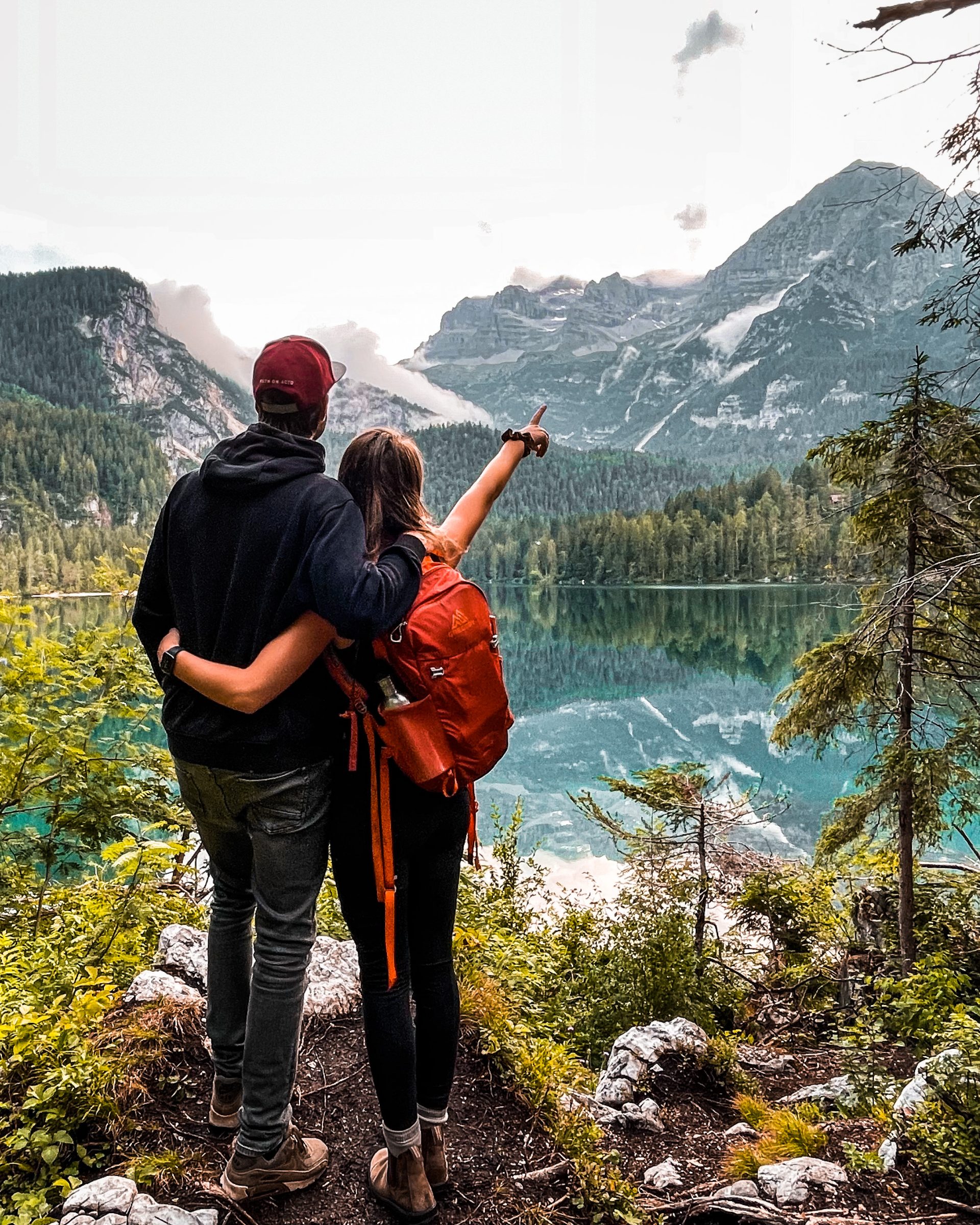
Make sure you always have enough water with you and top up on time when you pass a mountain hut or natural water source.
Last but not least; trail labels. Leave only footprints! In other words; take all your rubbish back down the mountain with you. There is no garbage collection in these areas so remember that anything you leave behind will have to be taken down the mountain by someone else. Or, worse, it ends up in the stomach of a beautiful animal. It is therefore nice to take at least 1 garbage bag with you in which you can put everything so that it does not leak in your bag. Realize that you have to carry everything up and down yourself; so lightweight!
5. Communication
You never know what can happen in the mountains. It is therefore nice if the cabins count on your arrival and otherwise people at home (or with whom you travel) know what your plans are. For example, we shared our route with our parents before we started the tour. In the worst case, they will know where to look if you haven't arrived. Sounds a bit dramatic but 'better safe than sorry'. It is also important to know whether the hut has room for your overnight stay and whether you count on food.
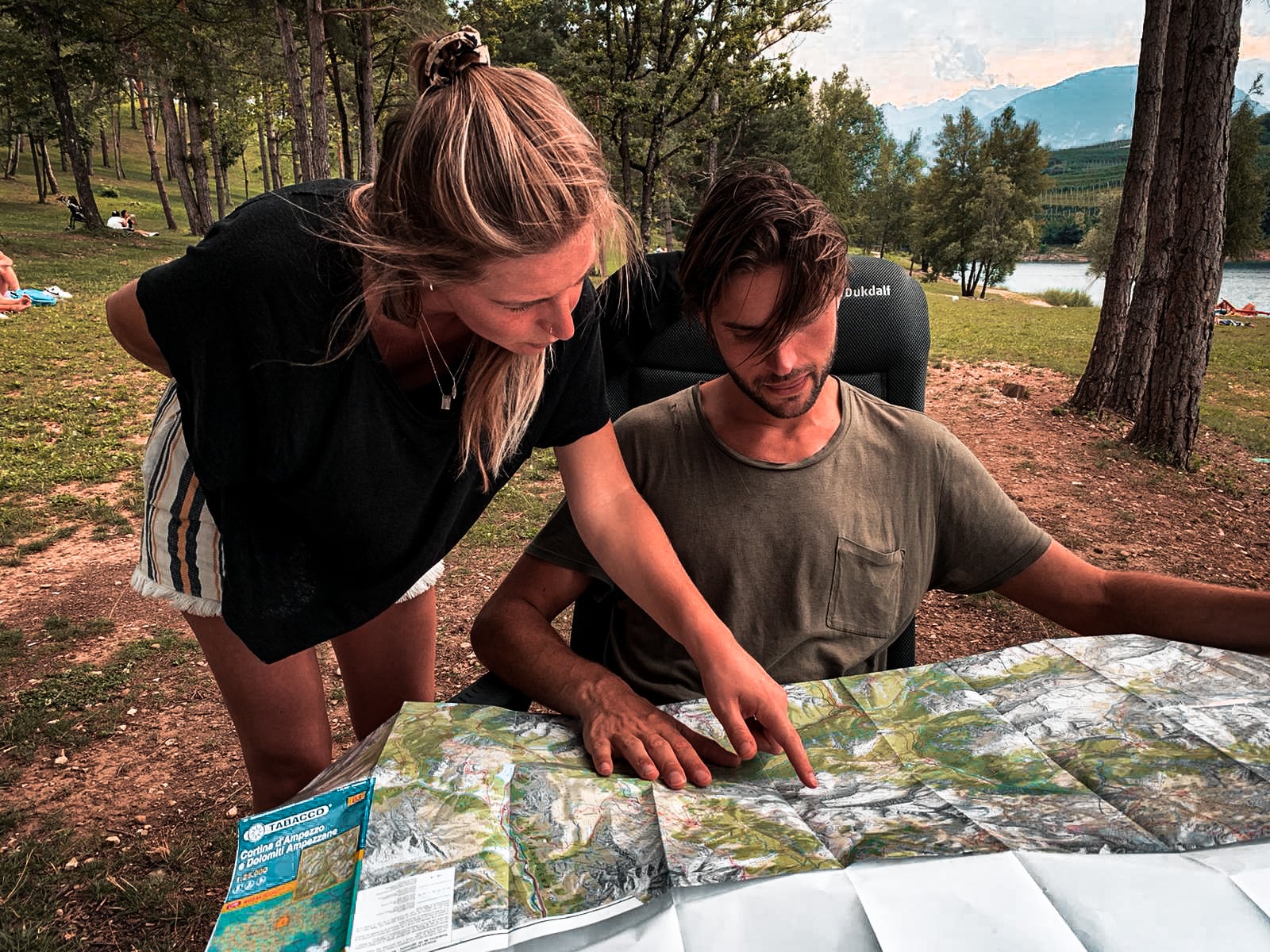
For now – enjoy the preparations and have fun on your hike! If you are still looking for another great route for hiking and camping high in the Dolomites, take a look at the Pordoi Pass.
Front Seat Stories – The Road to Turkey
Hi! We are Marc & Loes. In our self-build bus called 'Petje' we drive through Europe and we experience the most cool things.
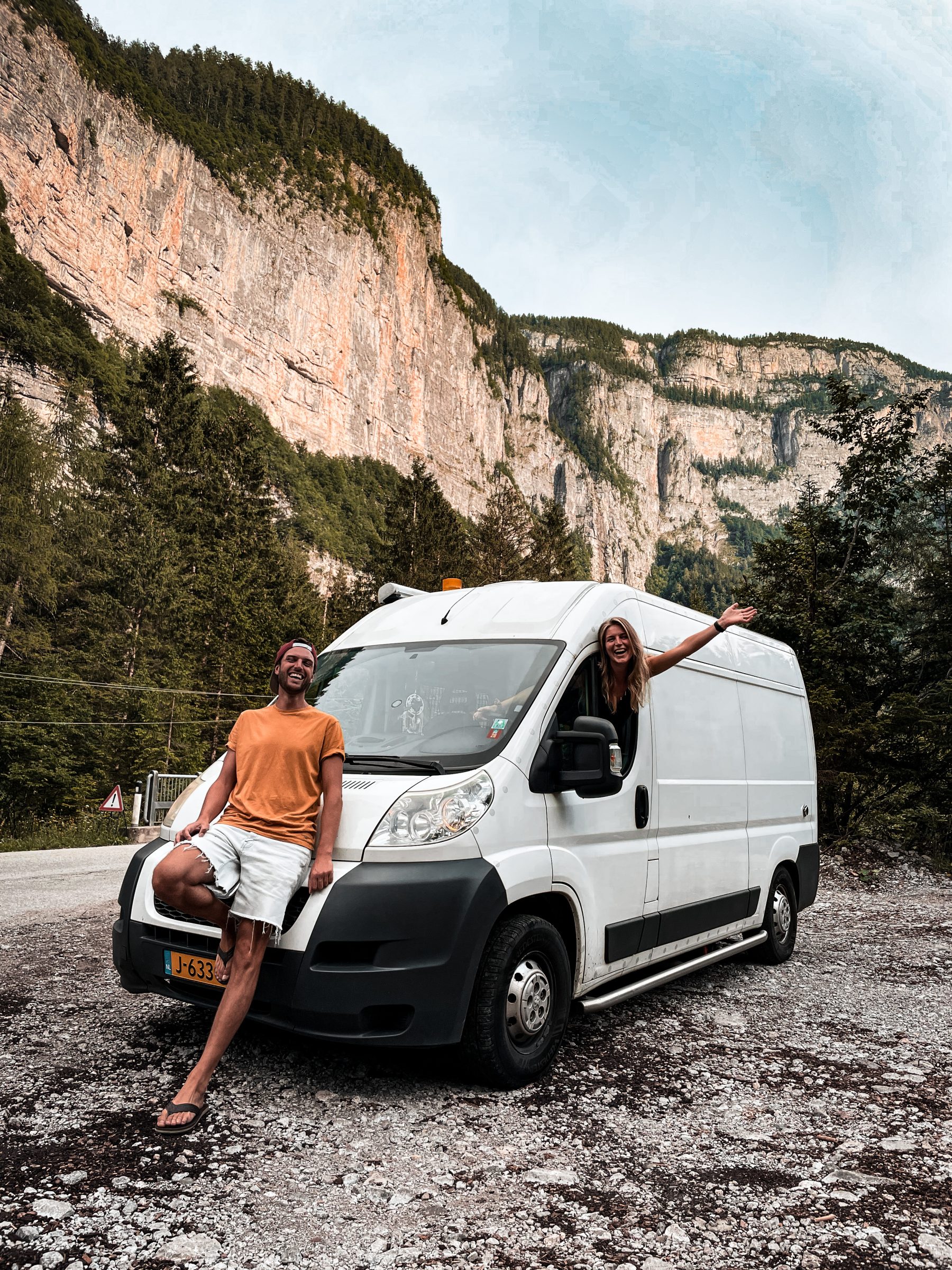
We are on our way to Turkey and are only too happy to record this to give you a spot in our front seat. Under the name Front Seat Stories (Instagram follow here, youtube subscribe make), we share our adventures to inspire and above all to entertain. So get in and enjoy!


